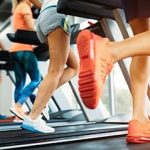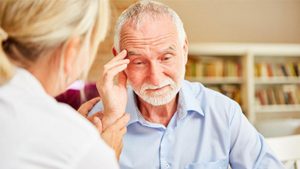
New research suggests healthy lifestyles can help stave off dementia, perhaps by building a resilient ‘cognitive reserve’ in the aging brain. The study was based on the brain autopsies on 586 people who lived to an average age of almost 91. Researchers compared each person’s lifestyle and end-of-life mental skills to their neurological signs of dementia, such as brain protein plaques or changes in brain blood flow. None of these brain factors seemed to greatly affect the positive connection between healthy living and a person’s end-of-live mental skills, said a team led by Dr. Klodian Dhana, of Rush University Medical Center in Chicago. That means that good nutrition, regular exercise and other factors may instead “provide a cognitive reserve” that buffers against negative changes going on within the brain — allowing older folk to “maintain cognitive abilities” over time, the researchers said. “You can almost sort of cheat the biology a little bit and still not get the symptomatology as early” as someone who’s less healthy, said Dr. Liron Sinvani, who wasn’t involved in the study. She directs geriatric hospitalist services at Northwell Health in Uniondale, N.Y. The study was published Feb. 5 in the journal JAMA Neurology. As Dhana’s group notes, it’s long been known that certain lifestyle choices — eating well, exercising, avoiding smoking and heavy drinking — are linked to lower rates… read on > read on >






































